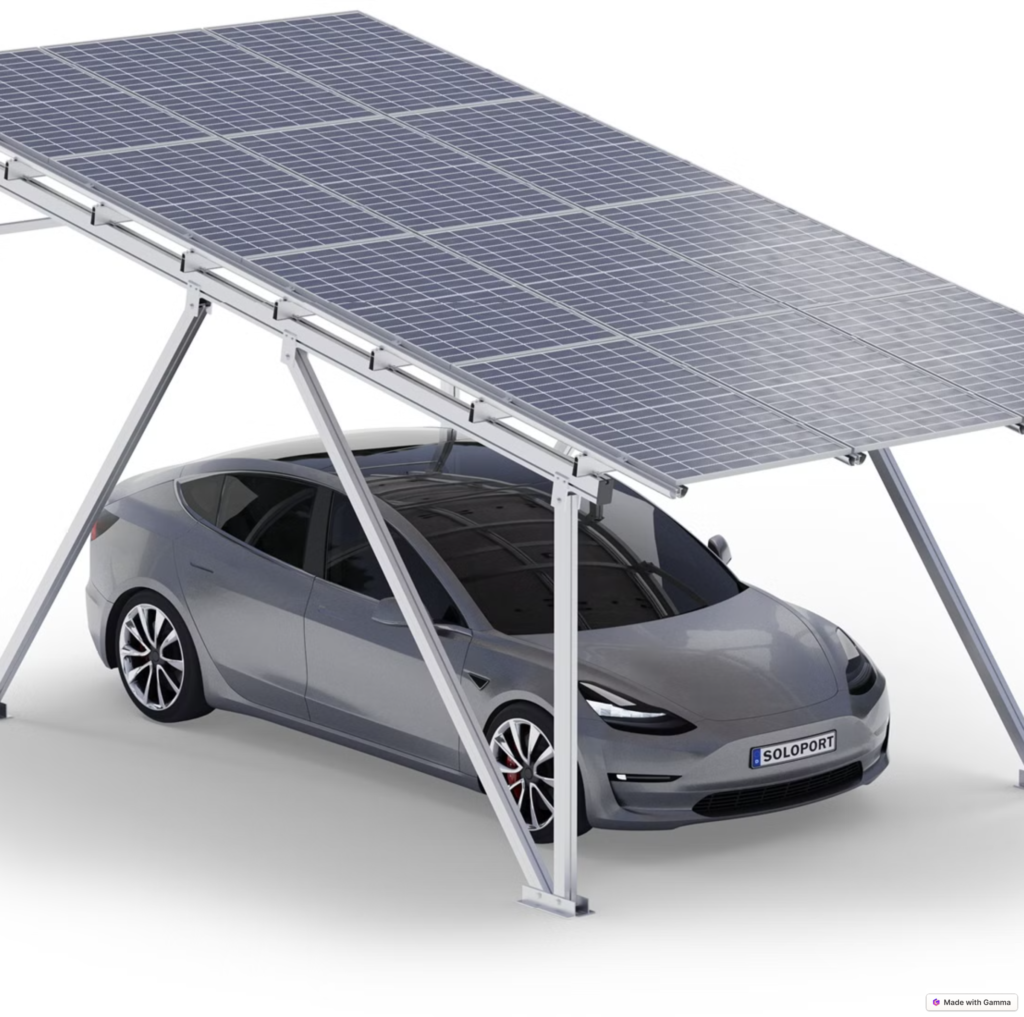Key Considerations for Solar Panel Integration in Smart Security Energy Systems
Energy Management and System Reliability Optimization
Smart security systems demand uninterrupted power supply to ensure 24/7 surveillance capabilities. Solar panels must be paired with advanced Maximum Power Point Tracking (MPPT) controllers to maximize energy conversion efficiency under varying sunlight conditions. For instance, in cloudy environments, MPPT technology can boost charging efficiency by 20% compared to traditional PWM controllers, preventing power shortages during critical monitoring periods.
Battery storage systems require careful capacity planning to sustain operations during prolonged low-light periods. A common approach involves using lithium-ion batteries with 95% round-trip efficiency, which can support 3-5 days of autonomous operation for standard security cameras. In regions with frequent monsoons, hybrid systems combining solar with small wind turbines have demonstrated 99.8% uptime in offshore surveillance applications.
Dynamic load management is essential for balancing energy production and consumption. Smart inverters equipped with AI algorithms can prioritize power allocation to high-priority devices like thermal imaging cameras during emergencies, while redirecting excess energy to secondary systems like perimeter lighting. This approach reduced energy waste by 35% in a smart city pilot project.
Environmental Adaptation and Physical Security Enhancements
Outdoor security installations face extreme weather challenges that require specialized solar panel designs. In hurricane-prone areas, panels must withstand wind speeds exceeding 200 km/h through aerodynamic framing and reinforced mounting systems. A coastal surveillance project in the Philippines demonstrated zero structural failures after Typhoon Rai by using panels rated for Category 5 storms.
Thermal management becomes critical in desert environments where temperatures regularly exceed 50°C. Passive cooling solutions like radiative coatings can reduce panel operating temperatures by 15°C, maintaining 98% efficiency during peak summer days. Conversely, in Arctic regions, self-heating panels with integrated thermoelectric modules prevent snow accumulation and maintain functionality at -40°C.
Physical security measures must address theft and vandalism risks. Anti-tamper enclosures with biometric locks and GPS tracking have reduced equipment theft by 80% in rural surveillance deployments. In high-crime urban areas, camouflaged panels integrated into building facades have proven effective at deterring deliberate damage while maintaining 95% energy capture efficiency.
Network Integration and Cybersecurity Protocols
Modern security systems rely on seamless data transmission, requiring solar installations to support multiple communication protocols. 4G/LTE modules with dual-SIM redundancy ensure continuous connectivity even when one network fails, as demonstrated by a border surveillance system in Central Asia that maintained 99.99% uptime despite regional carrier outages.
For ultra-remote locations, LoRaWAN technology enables low-power, long-range communication up to 15 km with minimal energy consumption. A wildlife reserve in Africa deployed solar-powered camera traps using LoRaWAN to transmit images every 15 minutes while consuming just 0.5W per device, extending battery life to 5 years.
Cybersecurity must be embedded at the hardware level. Solar controllers with secure boot functionality and AES-256 encryption prevent unauthorized firmware modifications, protecting against man-in-the-middle attacks. A smart campus project in Singapore implemented blockchain-based authentication for all solar-powered devices, eliminating 99% of network intrusion attempts within the first six months of deployment.
Maintenance Strategy and Lifecycle Management
Proactive maintenance reduces system downtime by 40% compared to reactive approaches. Automated cleaning robots equipped with microfiber brushes and deionized water spray systems can maintain panel efficiency at 95% of peak performance in dusty environments like the Middle East. In snowy regions, heated frames with temperature-sensitive activation prevent ice buildup without continuous energy consumption.
Predictive maintenance algorithms analyze historical performance data to forecast component failures. By monitoring voltage fluctuations and temperature differentials, a transportation hub in Europe reduced inverter replacements by 60% through timely interventions. Battery health monitoring systems using impedance spectroscopy can detect capacity degradation 12-18 months before failure, enabling planned replacements during maintenance windows.
End-of-life management requires circular economy principles. Recycling programs for retired panels can recover 95% of raw materials, including silver, silicon, and aluminum. A pilot project in Sweden demonstrated that repurposing decommissioned panels into smaller security lighting systems extended their useful life by an additional 7-10 years, creating new revenue streams while reducing e-waste.


